Tessa Joosse & Marlene Poste
Résidency semaphore#25
A retreat residency, connected to the context of the Créac’h lighthouse on Ouessant.
Ouessant
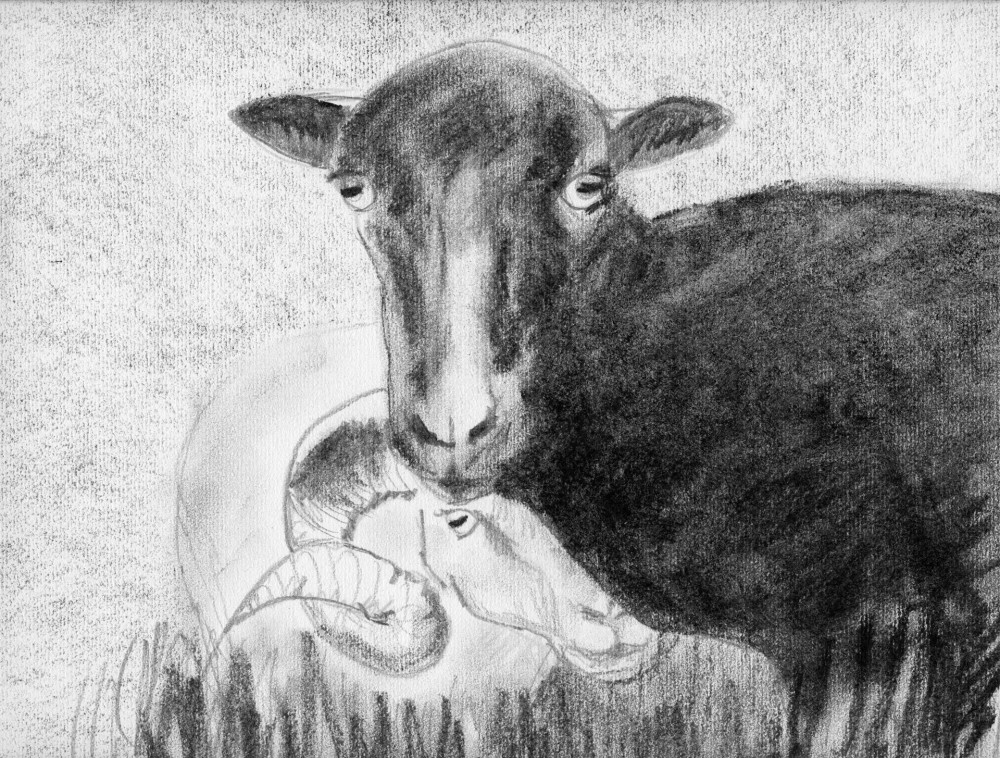
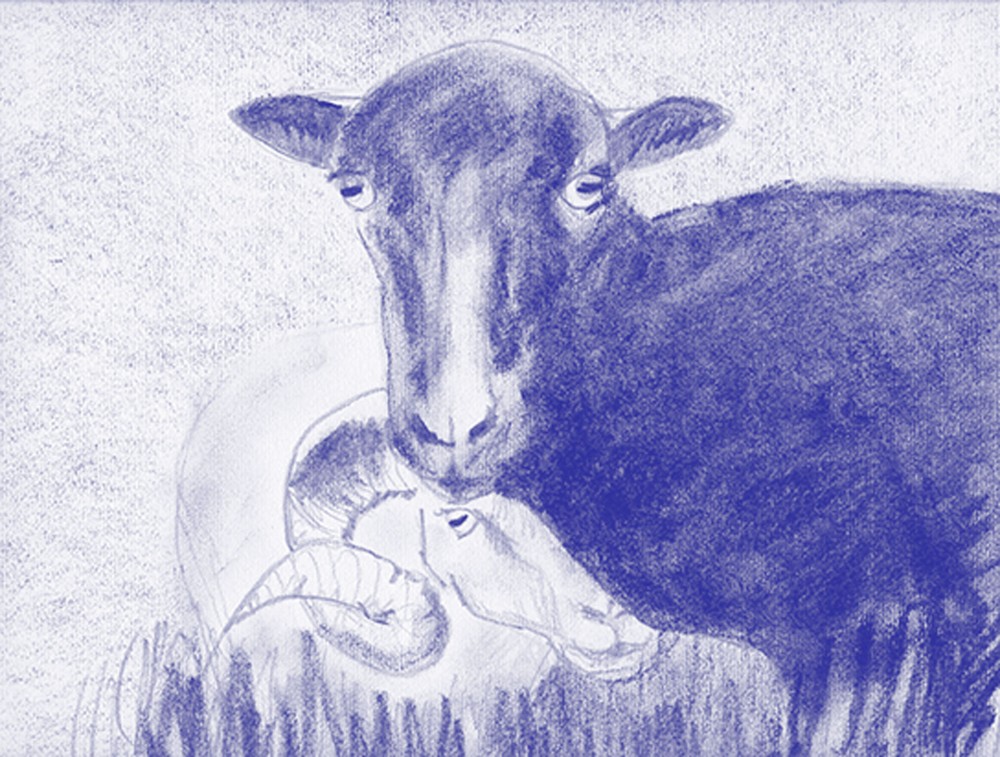
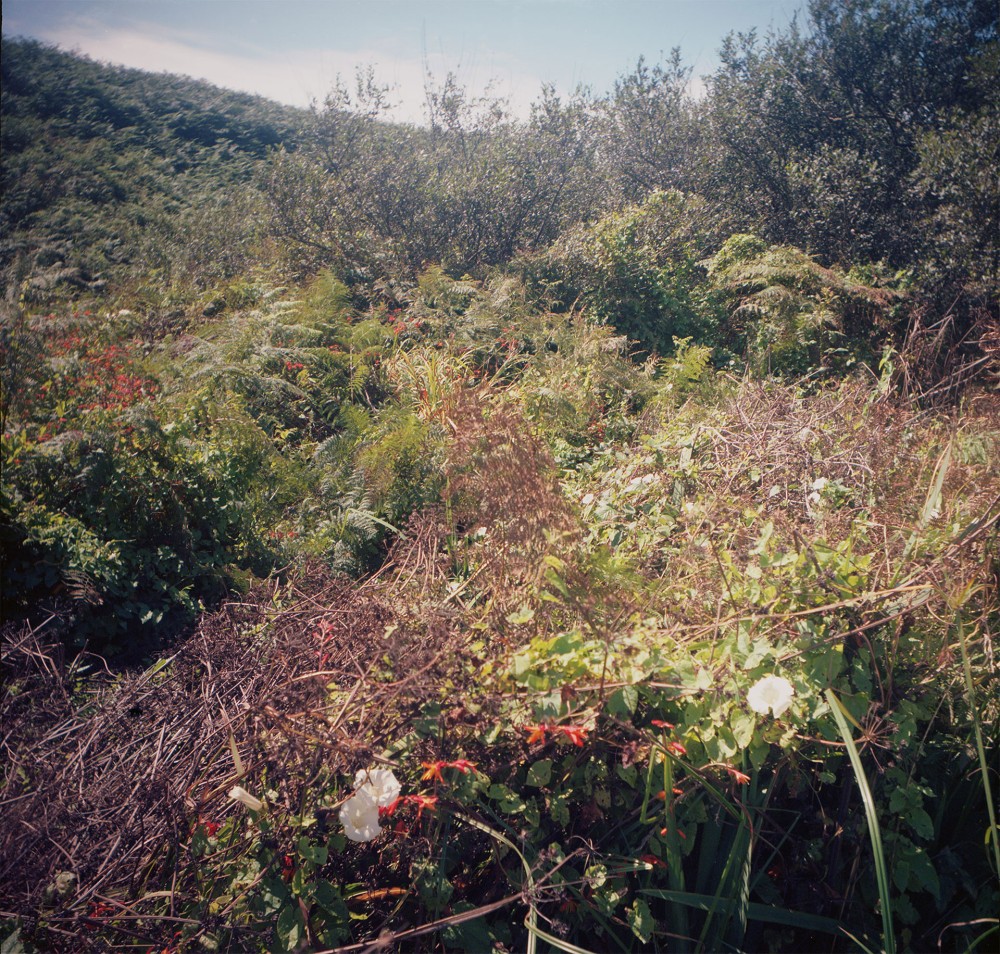
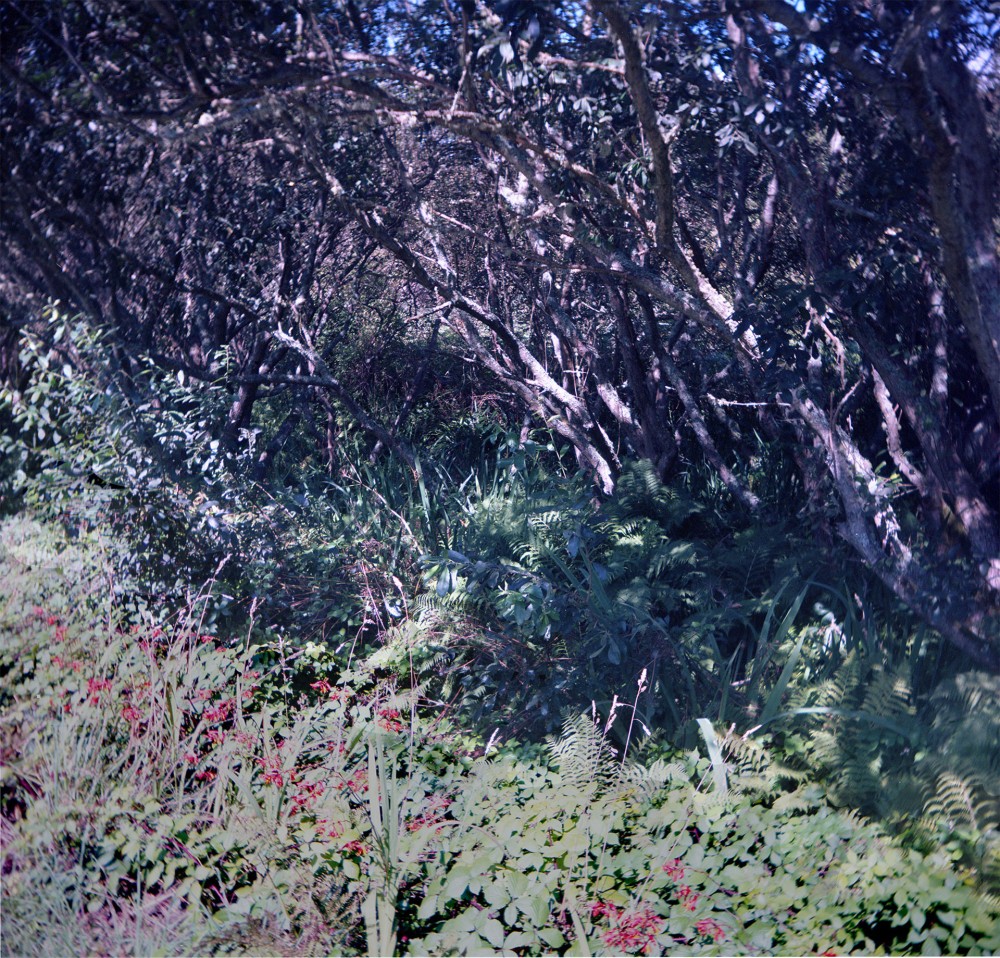
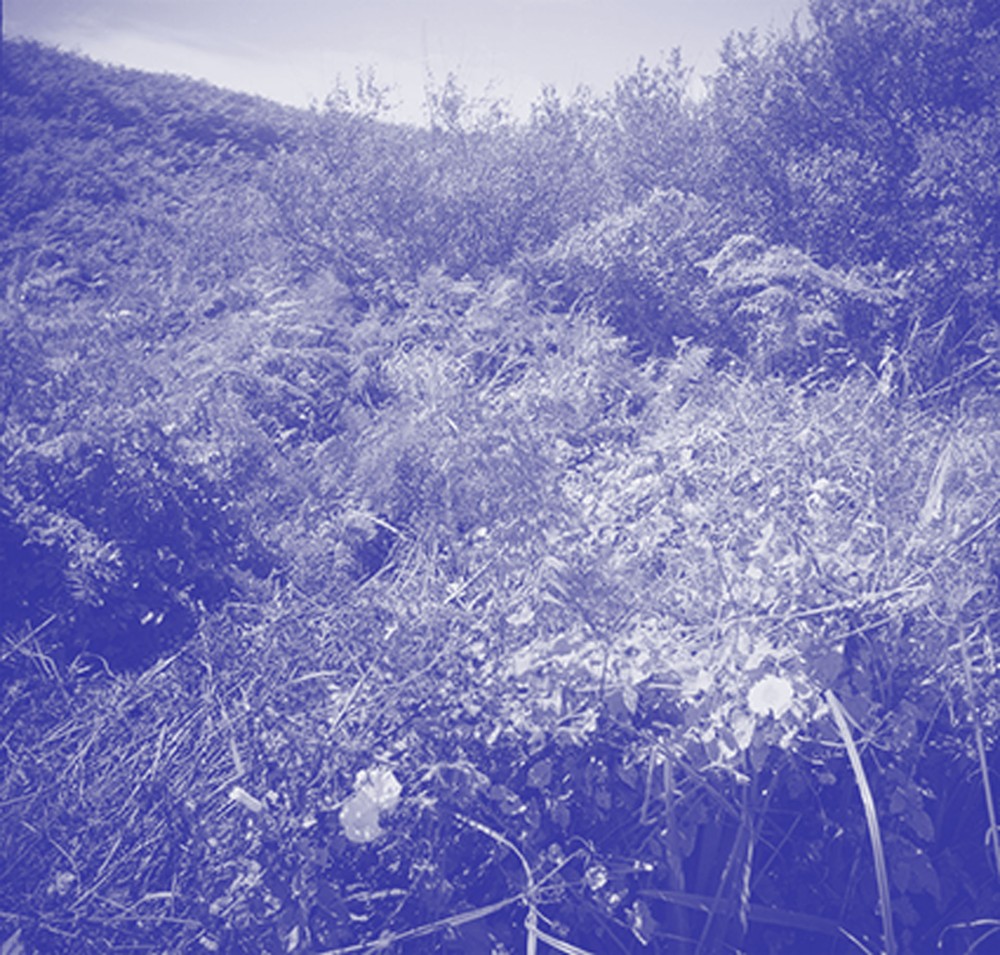


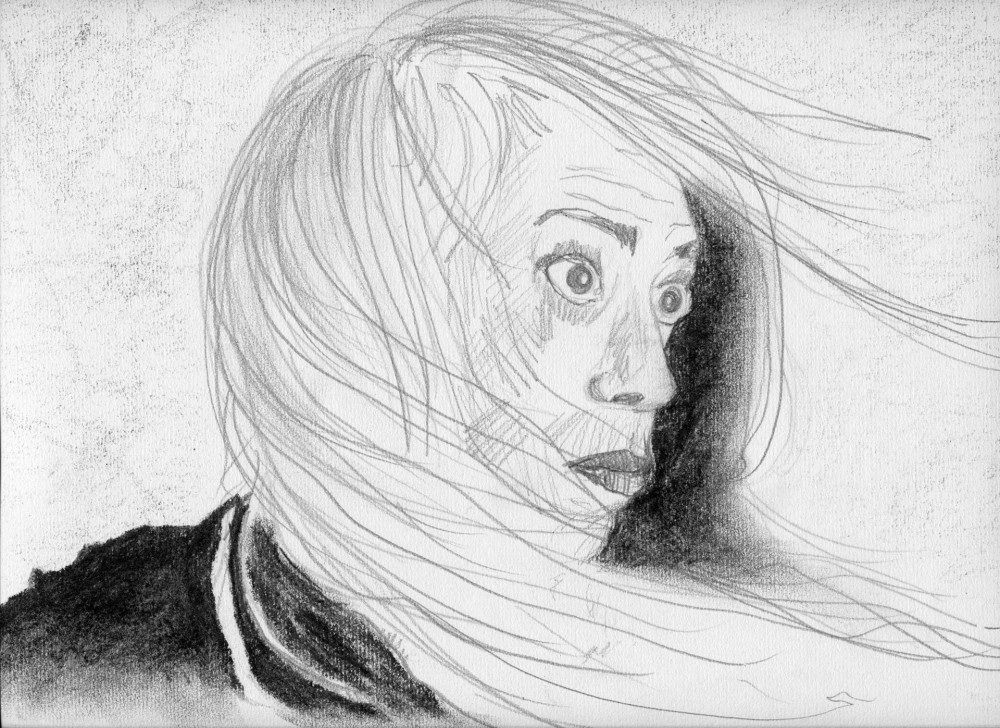
Résidency semaphore#25
A retreat residency, connected to the context of the Créac’h lighthouse on Ouessant.








At Finis Terrae, we worked on a fiction scenario set on the island of Ouessant in 1685. It’s the story of Margue, a young woman from Ouessant who one day finds a crate of candles washed up on the shore. At that time, before the construction of lighthouses, the island had no light at night. Margue’s discovery revolutionizes her relationship with the community of women she is part of, as well as with her husband, who returns after two years at sea.
It initially began as an idea for a short film. When we arrived at the semaphore in August 2019, we had strong ideas for characters and scenes, but we lacked the sense of place needed to bring it all together and move forward in our work. We did a lot of location scouting and participated in many workshops at the ecomuseum. Since our story is set before the construction of the Stiff lighthouse, we needed to imagine what daily life was like for the women of Ouessant during that time—their activities and, above all, their relationship to their island. We had to be able to film the island as they saw it, not as tourists or aesthetes. For them, the island was a companion, both friend and foe. The month-long residency allowed us to get used to the island and do this work of observation. By finding the right perspective, we found Margue’s voice and made significant progress in writing.
Unlike other artists, we didn’t leave Finis Terrae with a finished project. We are still writing to this day. Faced with production questions that arose after reading the script, we decided to turn it into a feature film titled CORPS PERDUS EN MER (Bodies Lost at Sea). Marlène applied with a reworked synopsis to the Atelier Scénario at La Fémis, where she began developing the feature-length script in January 2022. There’s no doubt our footsteps will soon lead us back to Ouessant…
The wind howls, Margue shivers as much from the cold as from anger. She walks briskly, not looking where she steps, accustomed to always being on the verge of falling, always keeping her balance.
She reaches the edge of the cliff, facing the sea. Blackness, the crash of waves, the roar of the wind, just like on the night of the shipwreck. Her eyes flash with anger. A bleating sound makes her turn, lifting her head. On a high rock, a black sheep stares at her impassively.
Margue takes a deep breath.
MARGUE
AAAAAAAAAAAAAAAAAAAAH!!!
The sheep doesn’t flinch. It’s seen worse. Margue turns back.
She finds refuge between two large rocks resembling slabs. Sheltered from the wind, her ribbons no longer whip against her face. She pulls a candle stub from the pocket of her skirt. The small piece of yellow wax, lifeless, barely reflects the moonlight.
Margue blows on the wick. It lights. The sounds of the outside world fade. Margue is utterly alone in her small halo of light. She leans back against the rock, soothed.
When we arrived at the semaphore, we had already been carrying this film project for a year. It didn’t really have a title then, and still doesn’t now, because writing often takes unexpected paths. We had strong ideas for characters and scenes, but we lacked the sense of place needed to bring coherence to it all and move forward in the process. We did a lot of location scouting and participated in many workshops at the ecomuseum. Since our story is set in the late 1680s, before the construction of the Stiff lighthouse, we needed to imagine what the daily lives of the women of Ouessant were like—their activities and, most importantly, their relationship to their island. We had to be able to film the island as they saw it, not as tourists or aesthetes. For them, the island was a companion, both friend and foe. The month-long residency allowed us to get used to the island and do this work of observation. By finding the right perspective, we found Margue’s voice and made significant progress in writing.
In the film, Margue finds a crate of candles washed up on the shore, and this object, which brings light to the dark nights of Ouessant before lighthouses, transforms her life. Community living becomes a choice rather than a necessity. When her husband returns after two years at sea, rediscovering his body by candlelight makes their reunion possible. Finally, Margue learns to live with herself, finding her rightful place between day and night, the roar of the waves, and the flicker of the flame.
Unlike other artists, we didn’t leave Finis Terrae with a finished project. We are still writing, and after the writing comes the funding, then the shooting, then the post-production. Throughout these stages, Margue will evolve, and the final result of these years of work will have been made possible by this experience of living on the island during the residency.